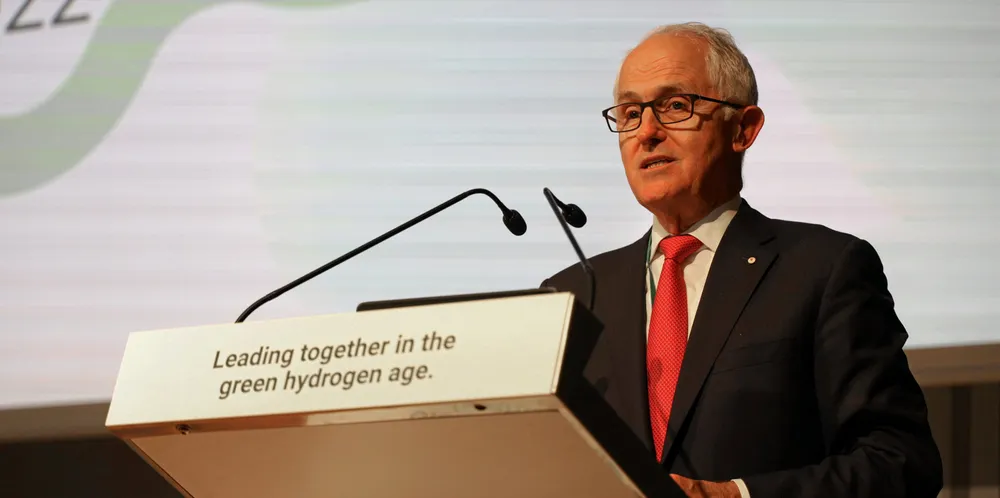'Must be done to save planet' | Industry body launches campaign to reach 100 million tonnes of green hydrogen a year by 2030
Green Hydrogen Organisation calls upon COP27, G7, G20 ‘and all countries’ to commit to target, which would require 1,200GW of renewable power
